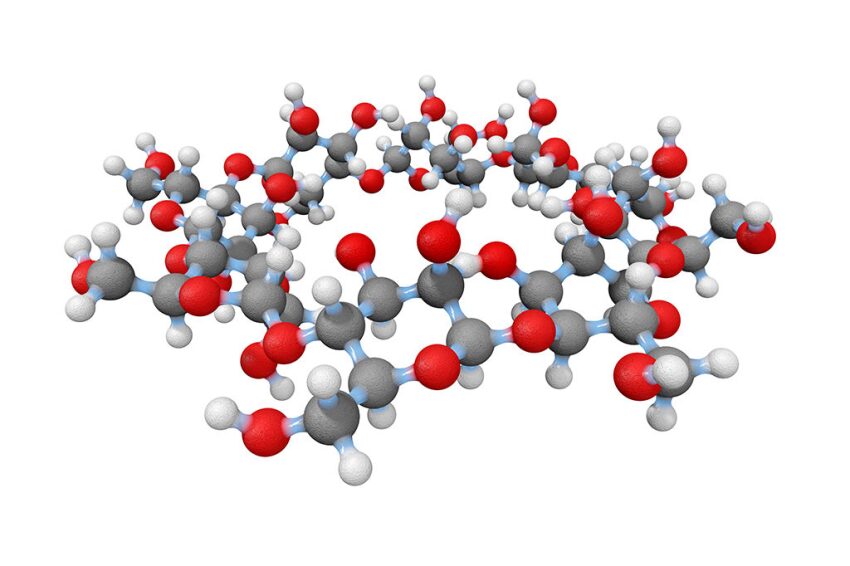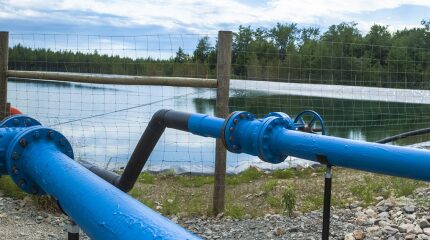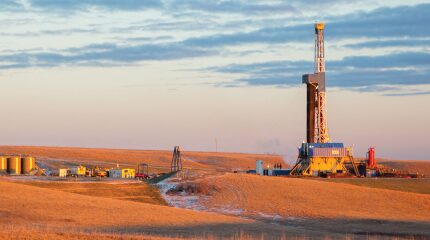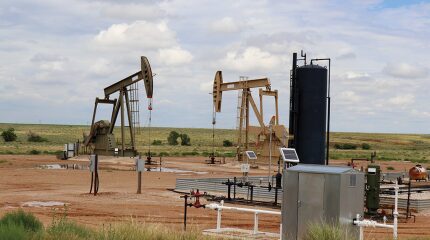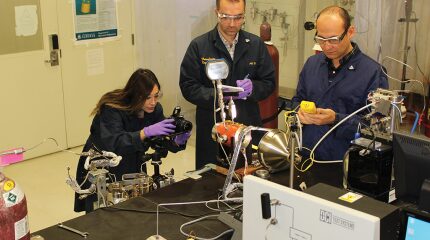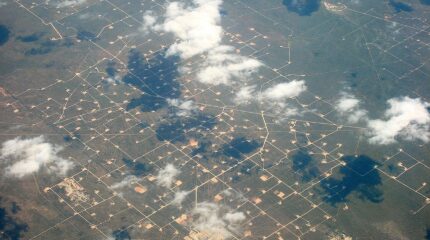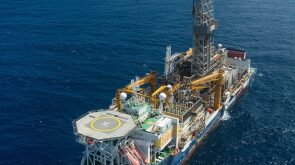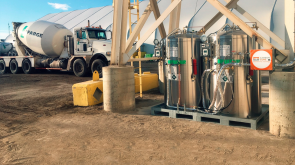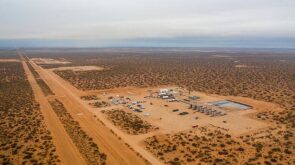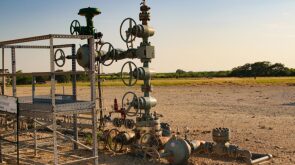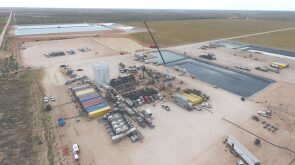JPT February 2020 Issue

On the Cover
Hess’ Bakken play has become a test site for using six drilling rigs with many automated functions to drive a process improvement program. Source: Hess.
Guest Editorial
President's Column
One of my focus areas as SPE President is strengthening the feedstock of incoming talent into our industry.
Monthly Features
-
Produced water is an inevitable byproduct of oil and gas production. The use of online oil-in-water monitors plays an important role in the management of produced water.
-
Hess is testing whether it can drive drilling improvement by combining drilling rigs equipped with automated functions and humans determined to find a way to beat the programmed drilling.
-
Production data from the oldest horizontal wells in the three largest oil plays in the US show that annual decline rates remain relatively high for a long period of time. This challenges assumptions held about production after 5 years and directly affects reserve and ultimate recovery estimates.
-
Rigs drilling faster earn less money per foot because they are contracted by the day. But at least they are still working. Now service companies are developing new rigs with more automated functions, and want increased rates based on the productivity gains achieved.
-
Oil companies are considering whether shutting in a well for a month or so may mean stronger production later by allowing more time for water to soak into the rock, which gets it out of the way of the oil and gas. But this is not always effective, and additional work is needed.
-
A new report says that production growth in the world’s most prolific unconventional basin is on the verge of stalling out.
Technology Focus

